Last Days of Snow
a four part project exploring the end of analogue television broadcasts
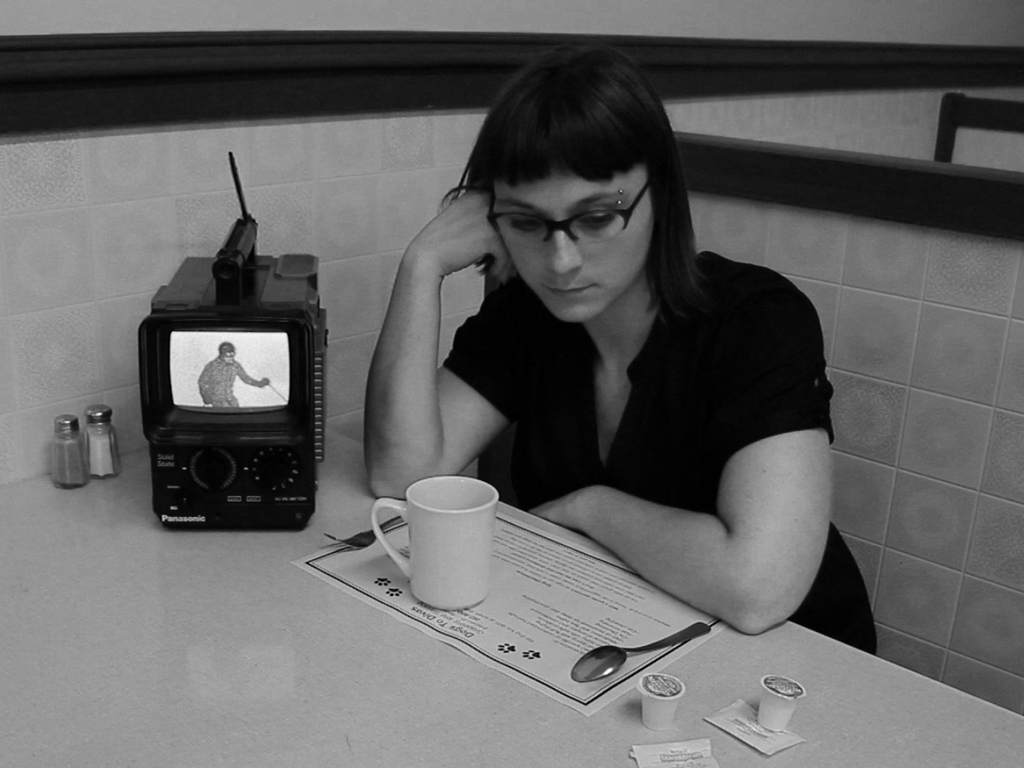
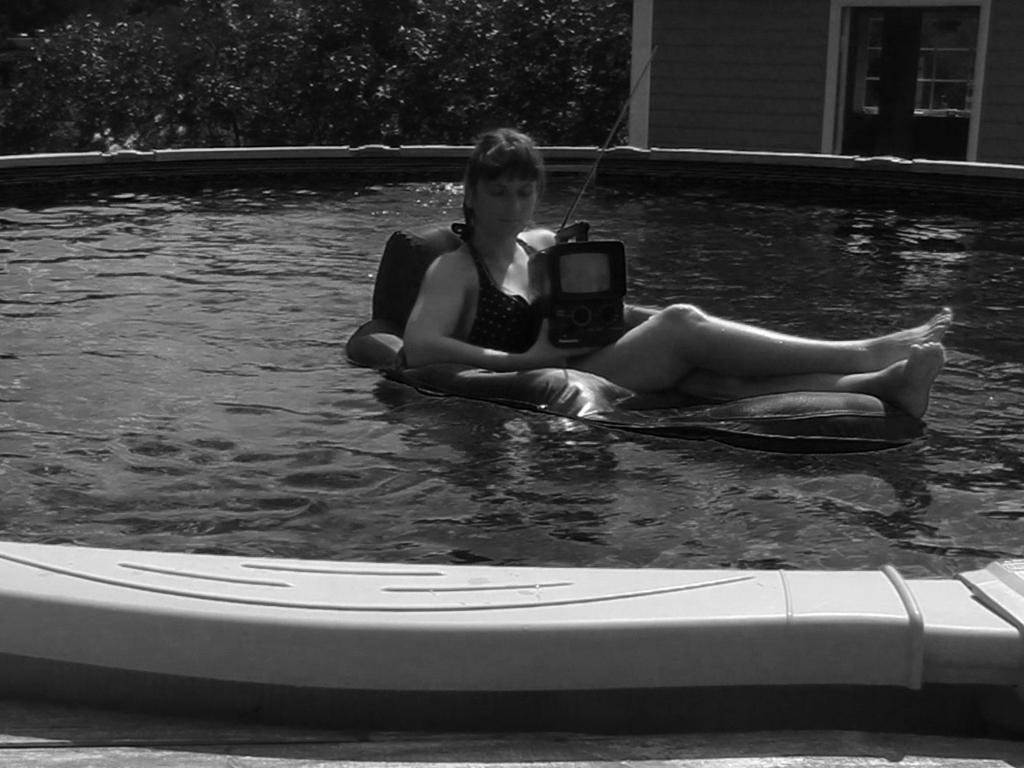
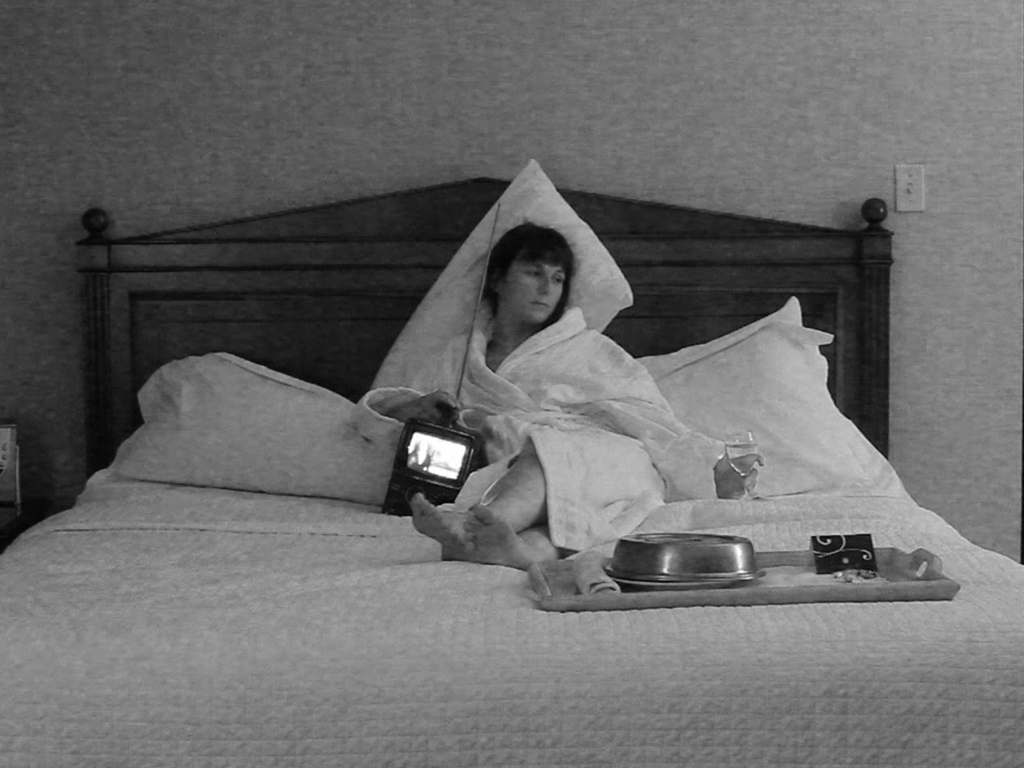
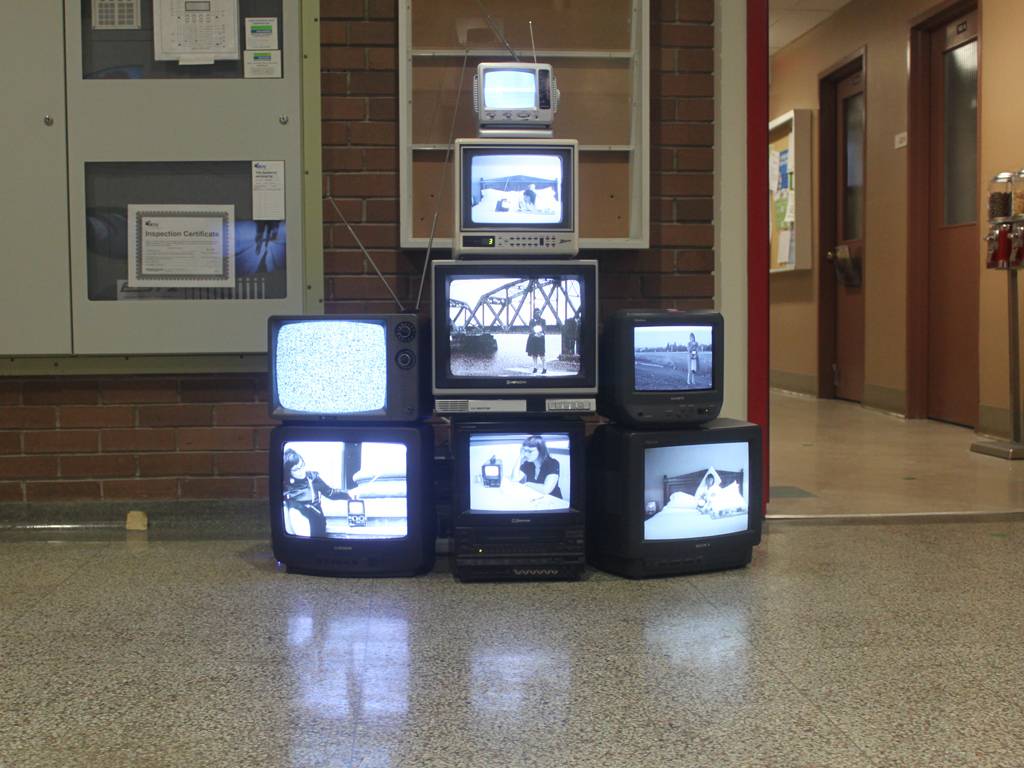
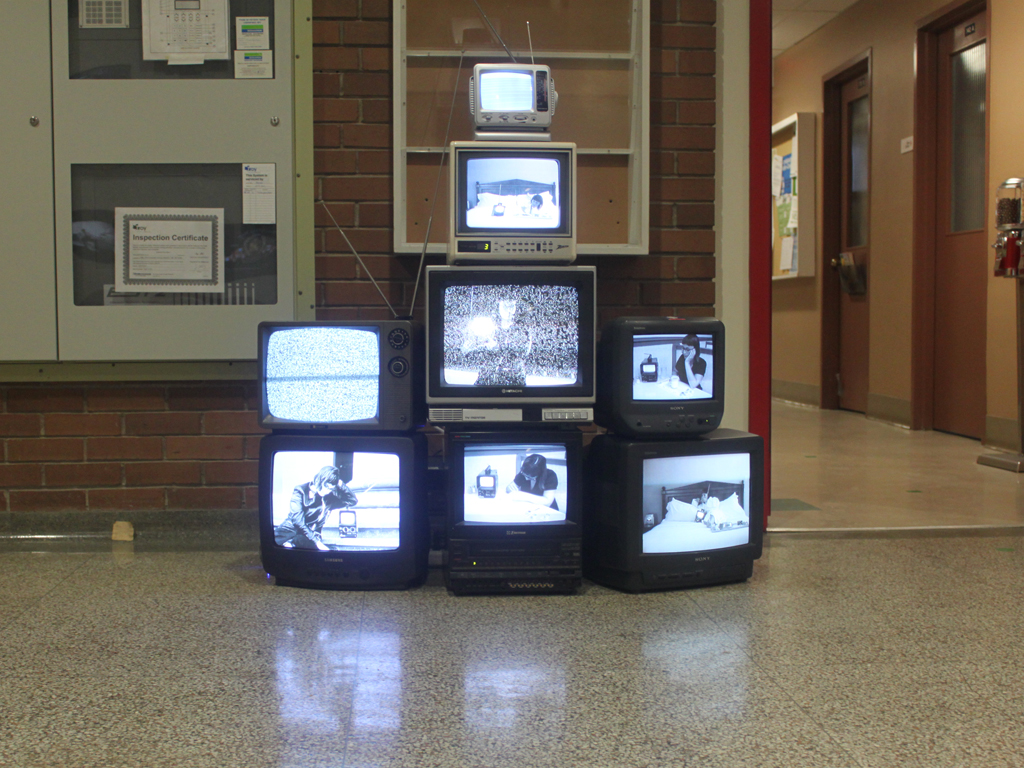
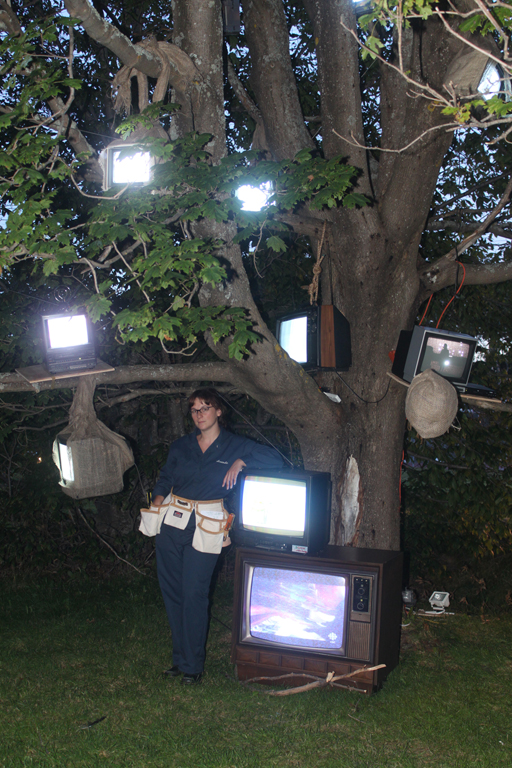
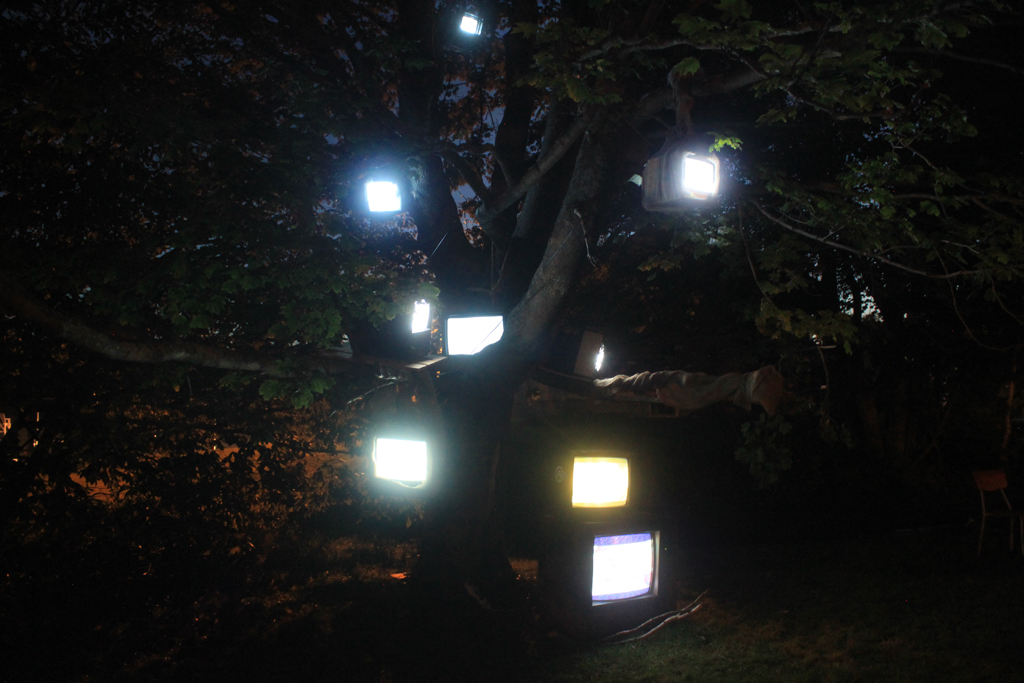
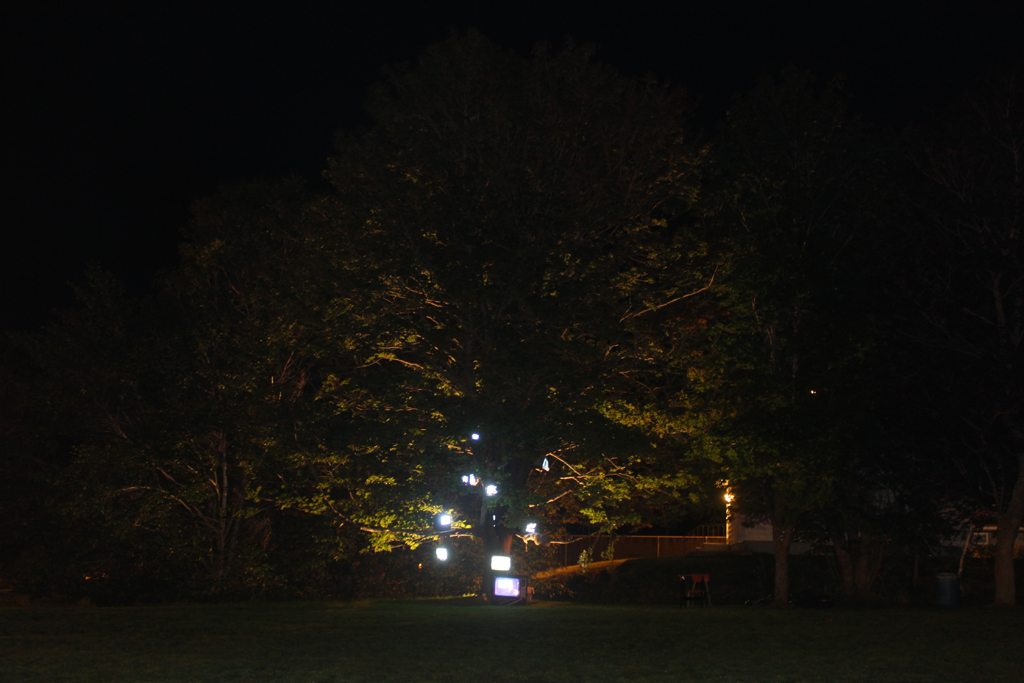
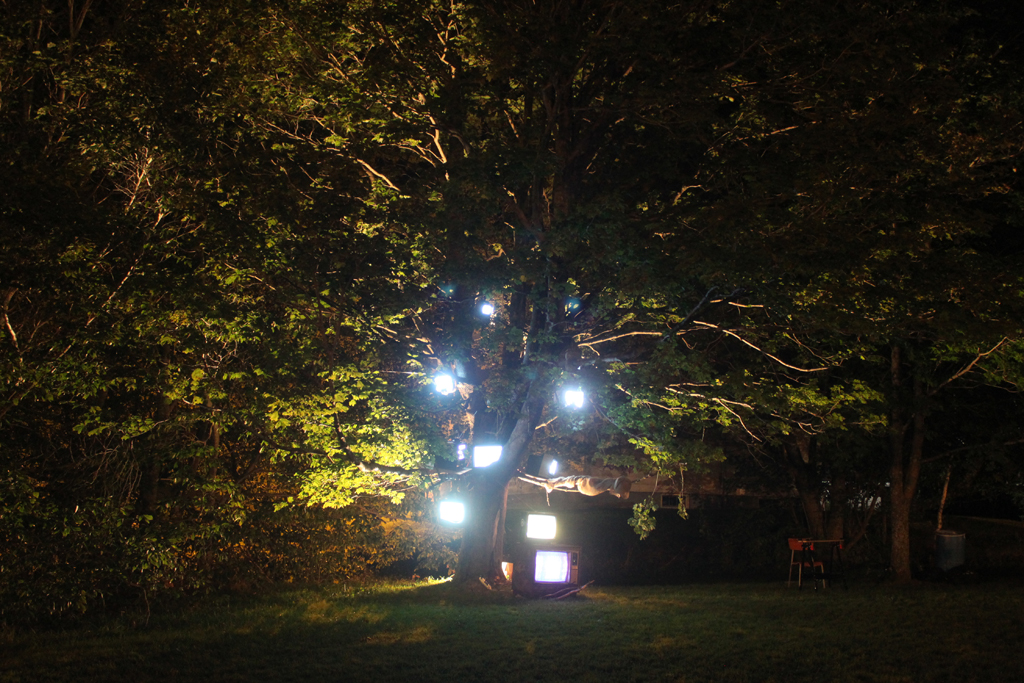
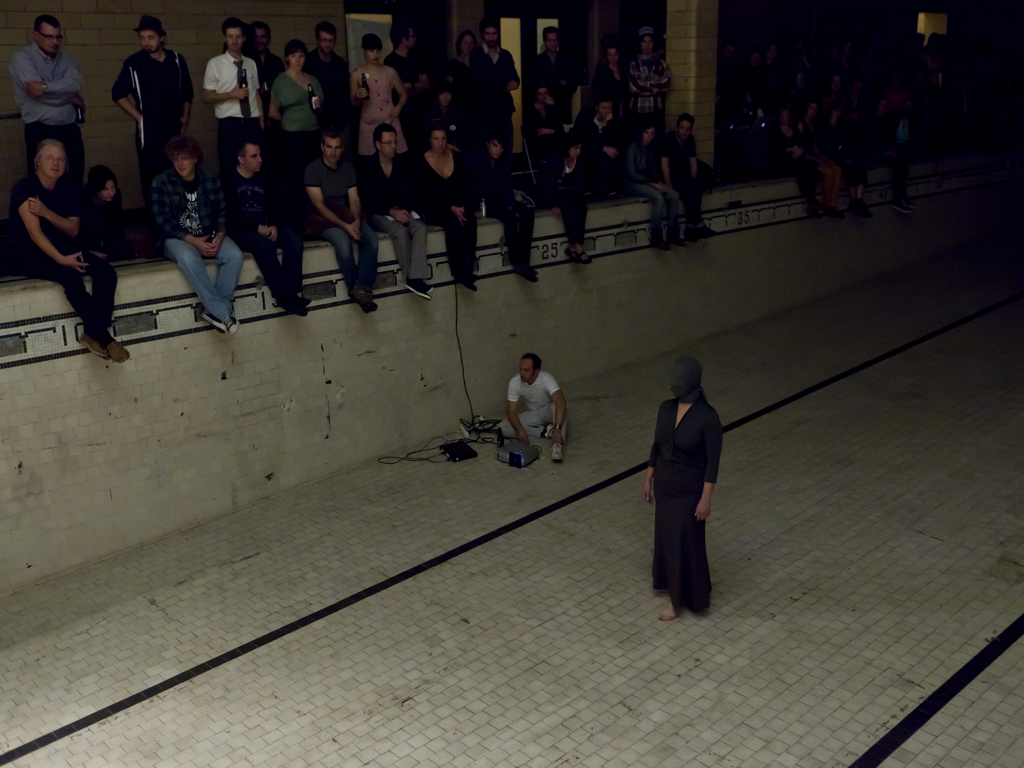
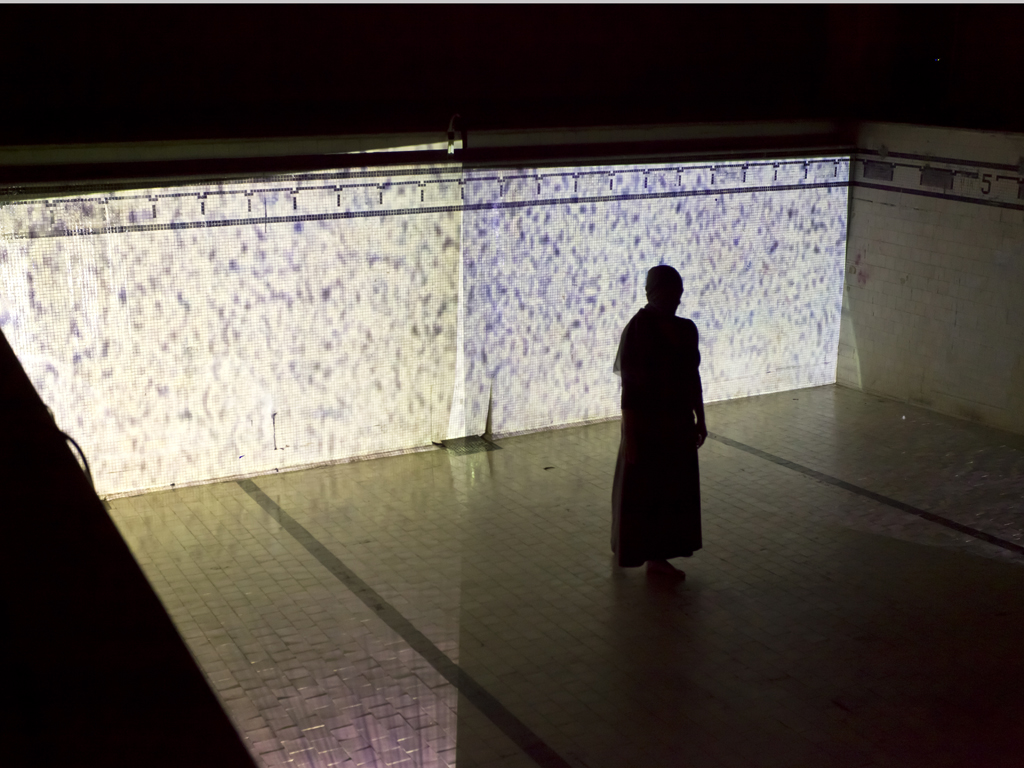
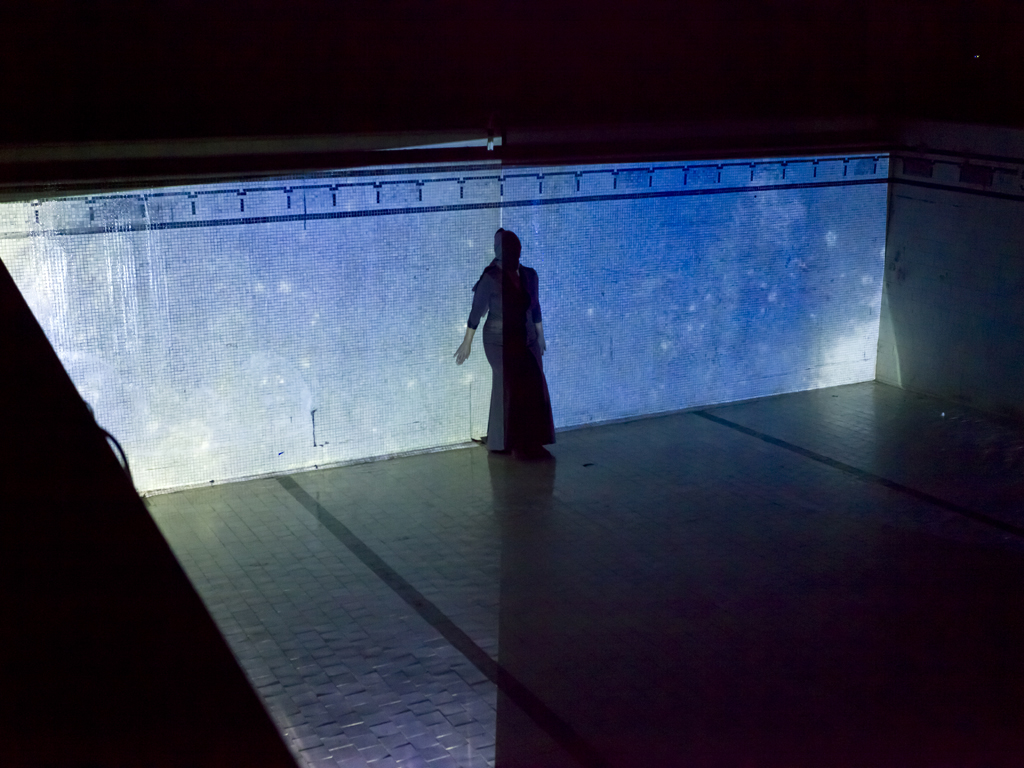
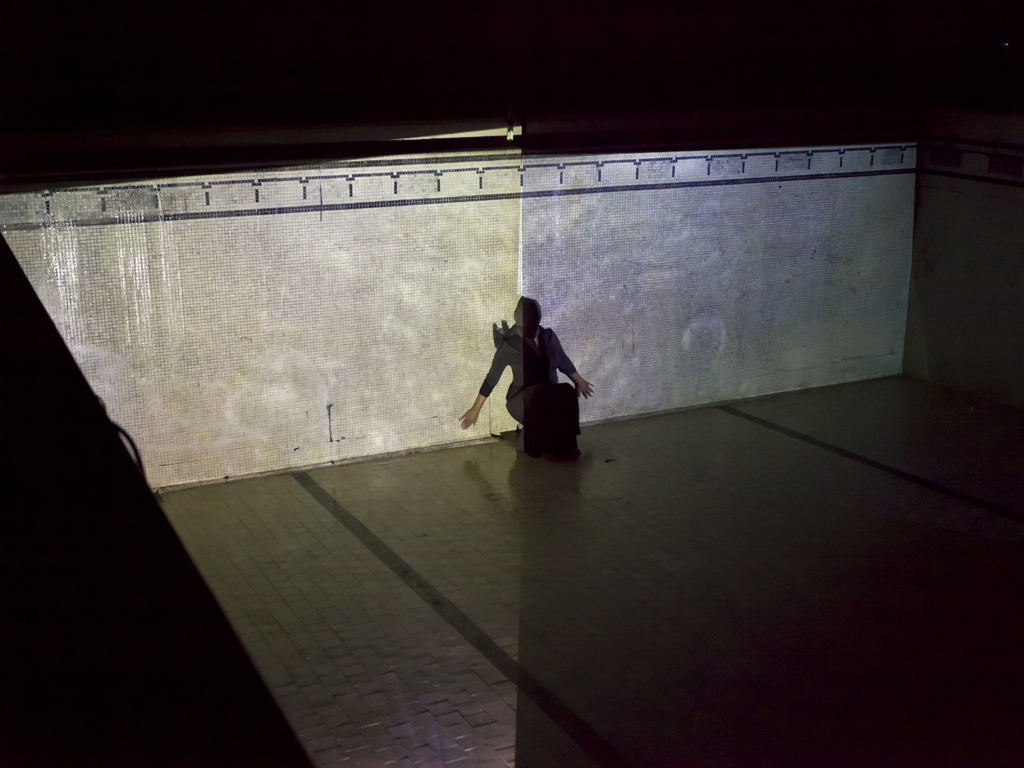
Last Days of Snow is inspired by the impending death of analogue TV and the snowy static that goes with it. Over the past few years, all broadcasts of over the air analogue TV have been gradually phased out, and replaced with digital TV signals (most of analogue transmissions were cut off on August 31, 2011). For those who donʼt have a digital conversion box, this means that their old TVs with antennae will no longer pick up signals. For those with the new digital TV conversion boxes this means that they will no longer get static or snow interfering with the image when the signal is weak – the channel will either be on or off. As of August 31, 2011, almost all over the air analogue television transmissions in Canada were shut down. Now, digital conversion boxes are required to receive over the air (non-cable / non-satellite) signals. With digital conversion boxes, there is no more static snow if youʼre not on the right frequency; you either have it or you donʼt. Some areas in Canada received an extension until August 31 2012, and more rural and remote regions had even longer to prepare for the transition.
Four works in this series:
Last Days of Snow: Waiting for an End
a series of black and white performative videos on CRT monitors
Last Days of Snow: The Begending of the Universe
a two channel video (originally presented with live performance)
Last Days of Snow: Nightlights Like Fireflies
a series of photo light-boxes documenting a site specific performance
Last Days of Snow: Final Transmissions
a video installation comprised of several videos from each time zone across Canada, shot at midnight on august 31, 2011 at the moment when the analogue signal cut out and the image went to snow.
DETAILS
Last Days of Snow: Waiting for an End
a series of videos documenting performances with a BW battery operated portable TV in absurd locations from 2010-2011. Exhibition on BW video loops on CRTs
Exhibition history:
Struts Gallery, Sackville, 2010 (as a work in progress)
FICFA, Moncton, 2011 (as a public art installation at Radio Canada / CBC)
Physical Description:
Black and white video loops on old CRT television monitors. Ideally at least two monitors, but could be up to quite a few. A stack of multiple monitors would be ideal, but is not necessary. This project can simply be displayed with 2 monitors side by side on plinths, or 6 – 8 monitors on plinths, or a pile of monitors stacked up on top of each other on the floor. As long as the monitors are old CRT monitors. Each one hooked up discretely to a separate DVD player, hidden and out of sight.
The DVDs loop. They are not in sync with each other. Very little happens. They are long scenes of waiting and time passing.
Technical Requirements:
The artist owns several CRT monitors and DVD players, but that can be heavy to transport, and it would be nice to have even more in the exhibition. It is always possible to source out more at thrift stores and yard sales. The more the better, but they are getting harder and harder to find as time goes on.
Theoretical Explorations
In this work, I documented a series of performances where I traveled to various locations with a portable battery operated black and white analogue television trying to catch the last bits of over the air analogue television transmissions. I continued these performances over the course of a few years, waiting for the day when the transmissions stopped, and there were no more.
A key aspect of these videos, is that I was never watching the television per se, but rather simply sharing the space next to it: looking off into the distance elsewhere, mildly distracted as I sat next to it or held it in my arms. The videos anthropomorphize the television set into the role of a friend or a lover, capturing that lull in the conversation when it becomes clear that the end is near.
Last Days of Snow: The Begending of the Universe
2 channel video projection that was originally accompanied by a 20 minute performance. This work explores the link between the big bang theory and analogue television snow. Physicists and cosmologists explain that a percentage of the snow we see on analogue television screens is actually caused by residual radiation from the big bang.
Exhibition History:
Presented at VIVA! Art Action festival in Montreal, 2011, in the Bain St. Michel
Original Performance Format:
• The original performance took place in an empty swimming pool (Bain St. Michel). • Water ran down the back wall of the pool. • A two channel video projection onto the wall of running water presented images of
physics formulae that proved and demonstrated the link between the big bang theory and analogue television static (snow). The videos also contained images of snow static, underwater imagery, and a slowly flickering super 8 transfer of my mother and myself as a toddler walking on the beach in the 1970s.
• I stood against the wall of running water between the two images and sang the a series of numbers from the electromagnetic spectrum from plank time (the big bang) down through the ultraviolet, visible, and infrared spectrum until arriving at microwaves (static). This involved memorizing 5 minutes worth of numbers to 6 decimal points in degrees Kelvin, Celsius, and nanometer wavelengths.
• As I sang the numbers, I slowly slid down the wall in a slow squat as water ran over my body until seated at microwaves. As the 5 minute song / squat progressed, muscles began to tire and you could hear the physical strain in my voice while singing. This was a work of endurance and memorization.
Physical Description for Gallery Installation:
In a visual art gallery context, the video projection could stand on its own as a two channel video work. If presented in a gallery, it would also be possible to include a 5 minute performance on the opening night, of simply singing the electromagnetic spectrum while sliding down the wall between the two projected images. The performance aspect is not necessary and could be omitted. A recording of the sung electromagnetic spectrum could also be provided to add sound to the work.
Theoretical Explorations:
In addition to the link between time, cosmology and communications (the big bang and 20th century analog television), this work also draws on embodiment theory and memory. Underwater footage in the video, while not directly related to either cosmology or televisual technology becomes a metaphorical and at times emotional reference to the sensation of the fluidity of time, as well as a more direct reference to the functioning of waves (be they electromagnetic waves or oceanic waves). Processed and transferred home movie footage of my mother and myself references the way in which media (televisual and otherwise) becomes integrated with interpersonal relationships (family and otherwise), and thus takes up a significant part of memory. This footage also references the passage of time and compares the relatively insignificant scale of a persons life-timeline to the much more impressive time-line of the universe.
Last Days of Snow: Nightlights Like Fireflies
Photographic lightboxses documenting a site specific performance Exhibition History :
Art in the Open Festival, Charlottetown, PEI, 2011 (similar to nocturne or nuit blanche)
Original Performance Format:
• 12 televisions were hung in a large tree on August 27, 2011 (just 3 days before the end of most Canadian analogue television broadcasts).
• Each television was tuned to CBC, CTV, Global TV, and Radio Canada (some had already stopped receiving and were already displaying snow, others would be losing their signals in 3 days, and one channel had a one year extension).
• Art in the Open Festival ran from 4pm until midnight and hundreds of people passed through the spaces exploring temporal public art installations.
• During the festival I stood with the installation in costume, dressed as a television repairwoman (custom tailored blue coveralls with my name embroidered on the pocket and a toolbelt) and answered questions about which channels were shutting off on which dates and at what times.
• I had a table and chair set up with a laptop and internet connection, and a notebook listing all of the television stations in Canada that would be shutting off, and what their digital replacement channel would be.
• There was a lot of public engagement that resulted in lengthy discussions with people about the relationship between television, politics, economics, society, culture, geography, and technology.
Physical Description for Gallery Installation:
These photographs were taken after midnight as the festival came to a close. The digital files were later manipulated and interpolated to create soft diffuse texture – playing with the dark shadows and exagerated pixels where signal and noise dance hand in hand in forbidden relationships, a digital parallel to the bleed of televisual image into ambiguous snow. The images are presented as wallmounted lightboxes.
Theoretical Explorations:
Some nights I stood on the inside looking out at the flickering green lights of fireflies; some nights I stood on the outside looking in at the flickering blue lights of television sets. For 50 years and more the CRT shone like a flickering blue beacon to passersby. Now after the last transmission, the CRT is rendered useless, thrown out of doors like a dog who has pissed on the rug; lifeless and dark on the edge of the curb; a nightlight now more night than light. Electronic syndicated dreams are replaced with fancies even more far than fetched. If only these abandoned tubes could flirt in open fields and lift themselves up to perch in the trees flickering blue night lights like fireflies.
Last Days of Snow: Final Transmissions
Video installation
I collected videos from each time zone across Canada, capturing the signal cutting out at midnight on August 11, 2011. People from across Canada in each time zone video taped their television the moment when the analogue signal cut out and the image went to snow. There is an apocalyptic sense to the images.
Exhibition History:
None to date.
Physical Description:
To be displayed in a linear row or a grid of flatscreen monitors (or digital photo frames) on the wall. Monitors could be large flat screens, ipads, ipods, or digital photo frames.
Ideally, the videos will be synchronized such that the moment at which the signal cuts to snow will appear choreographed and will fluctuate in that on one loop, they will all cut to snow at once, at another point, they will go out like a wave, one after the other from right to left, then from left to right, then from sides to centre, then from centre to sides, then back to cutting out all at once togethers.